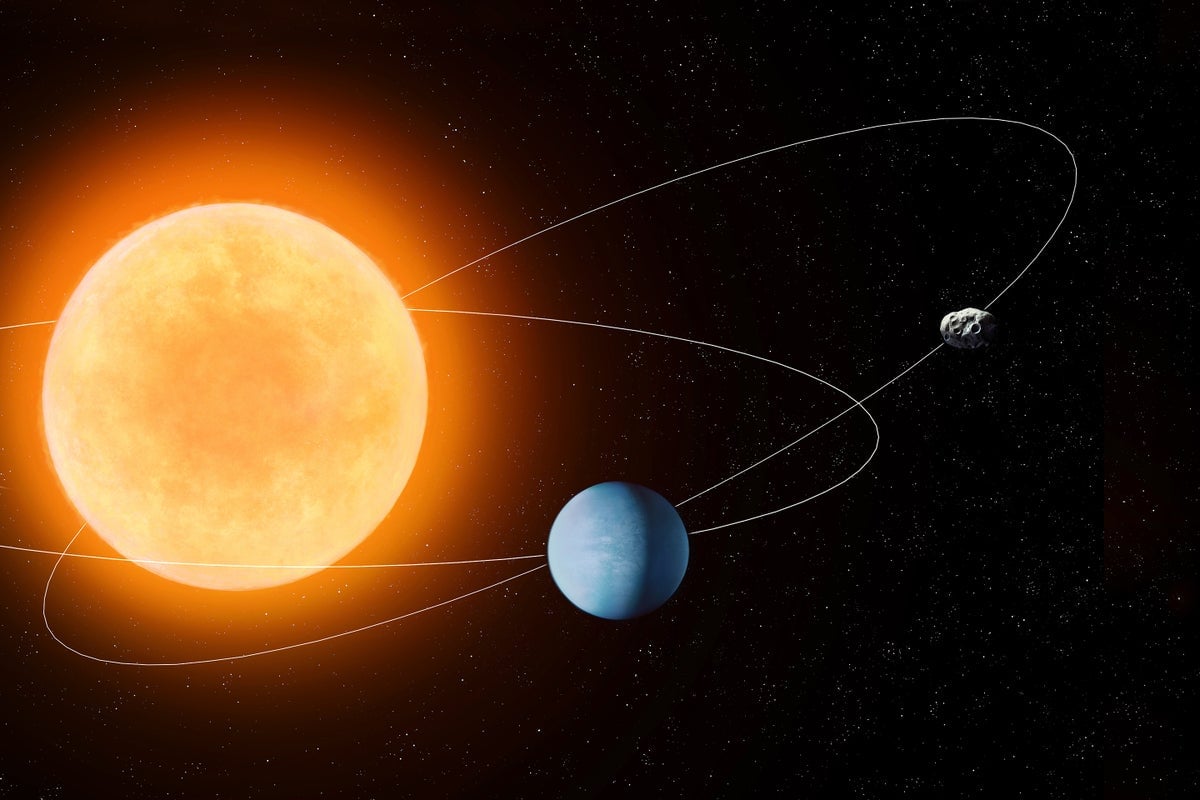- cross-posted to:
- [email protected]
- cross-posted to:
- [email protected]
“Keep your eye on the ball” is a motto for many athletes—and for astronomers trying to find Earth-threatening space rocks
You’ve no doubt seen this sort of news story: “Astronomers say space rock may hit Earth in the not-too-distant future!” We usually see such warnings about one or two objects every year; the latest iteration concerns an asteroid, 2024 YR4, that may be up to 100 meters wide and as of this writing has a greater than 2 percent chance of striking our planet in 2032.
But how can anyone know such things? How do astronomers find these asteroids and then determine where they’ll be many years into the future?
We’ve actually known how to do this for centuries thanks to German astronomer Johannes Kepler, who first figured out the requisite orbital laws in the 17th century. Since that time, the advent of better telescopes, digital cameras and fast computers have made the task much easier—though by no means foolproof.


